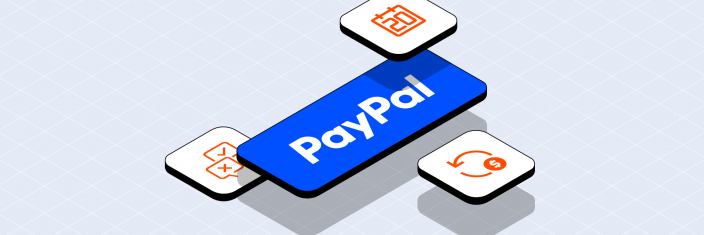Biometric Payment
Biometric payments involve using biometric identifiers such as fingerprints, facial recognition, iris recognition, or heart rhythm to confirm buyers’ identities during the transaction process.
Five promising biometric payment methods can authenticate eCommerce transactions. Their functioning is briefly described below:
- Digital Fingerprinting: This technique employs a scanner to digitally capture the user’s fingerprint, with the original image discarded while a fingerprint map is retained. Subsequent scans are compared against this digital map. Digital fingerprinting is presently the prevailing biometric method and is compatible with most mobile devices and mobile payment platforms like Apple Pay and Samsung Pay. Card networks are also exploring biometric-enabled cards.
- Facial Recognition: Similar to digital fingerprinting, facial recognition maps numerous distinct points on the user’s face to create a unique representation of the individual without storing the user’s actual image. This method has gained popularity, especially after the introduction of Face ID support in the iPhone X in late 2017.
- Voice Recognition: The user’s voice pattern is compared to a pre-recorded sample. While not as distinctive as facial features or fingerprints, voice recognition offers affordability and non-intrusiveness compared to other methods. Additionally, more computers come equipped with built-in microphones than fingerprint scanners.
- Iris Scanning: Similar to fingerprints, the unique pattern of the human iris can be used for identification. Iris scanning is highly accurate at close range and can utilize the cameras found on most modern smartphones to map your irises, similar to fingerprint scanning.
- Palm Vein Mapping: A palm vein scan employs infrared light to map the distinct vein structures in your palm and then converts this data into encrypted code. As of 2022, palm mapping is relatively new and not yet widely adopted, but this may change with the development of iOS and Android applications.



